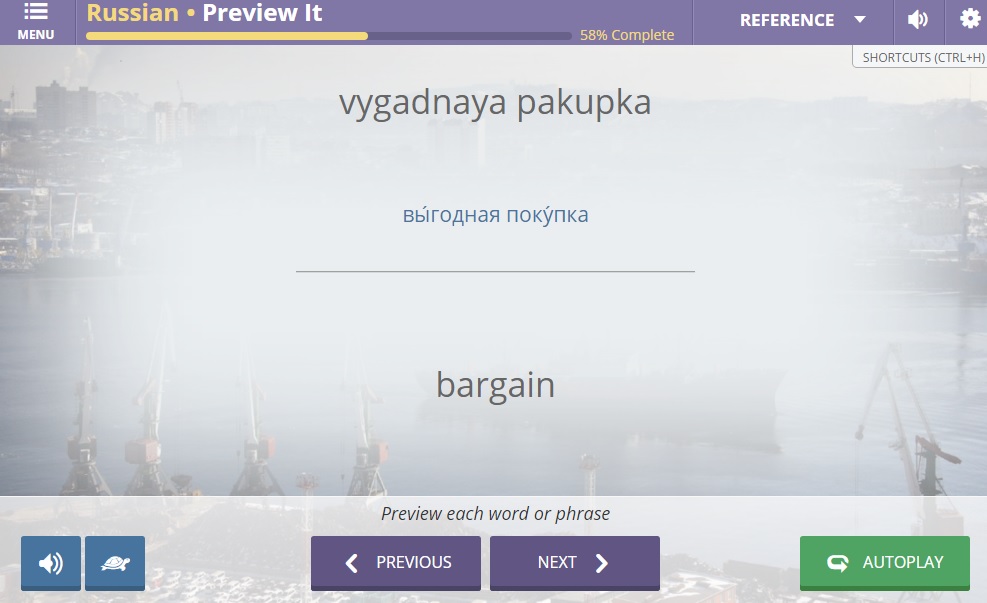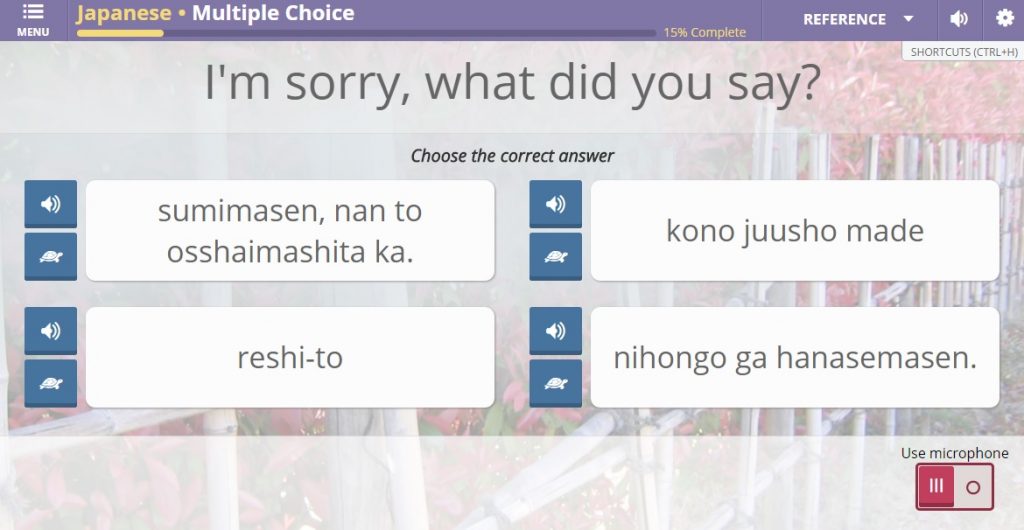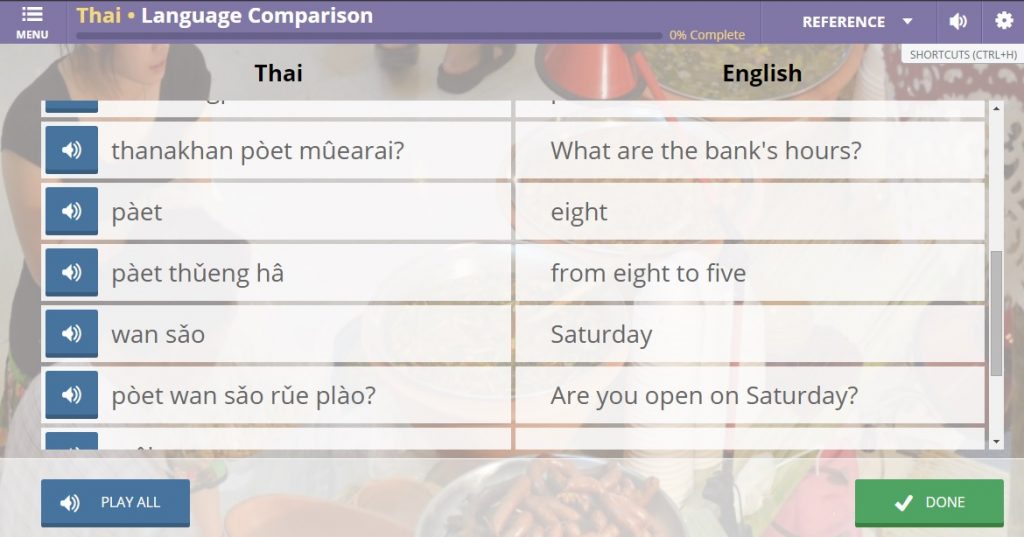Conquering Non-Latin Languages with Romanization Posted by Transparent Language on Mar 17, 2014 in For Learners, Learning Feature Updates
Just as every language is unique, so is every language learner. While many learners wish to read, write, and speak a language, others desire only oral fluency. For that reason, Transparent Language Online provides learners the choice to learn with a Latin transcription (also known as transliteration or Romanization) in every language for which it would be advantageous.
Using phonetic spellings in language teaching has both its drawbacks and its advantages, which must be carefully balanced for each language. The main advantage of Romanization is that users who are not willing or able to invest the time to learn the native script can still acquire basic conversational proficiency. Take, for example, an American athlete traveling to Russia for the Sochi Olympics. She or he may not have time to acquire advanced proficiency in Russian (what with training as an Olympian and such), but she or he may benefit from acquiring a few spoken phrases.
Languages like Korean, Japanese, and Chinese are the most obvious cases where even an industrious learner might choose to use Transparent Language Online’s phonetic Latin-alphabet spelling rather than the native script. Even for languages with more accessible alphabets, such as Russian, Hindi, Greek, and Arabic, Transparent Language Online provides the phonetic transcriptions.
Where this method becomes disadvantageous is for languages that use the Latin alphabet. Learning a Latin-script language with transcriptions puts learners at risk for visual and phonetic interference. Visual interference is the reason we do not use “simpel fonetik” spelling to teach children to read in our nation’s elementary schools. The small gain in speed of initial reading proficiency is not worth the subsequent harm relative to word recognition and spelling skills. In addition, the use of phonetic spelling is less useful than in the era of printed books, as language software includes audio of accurate native pronunciation.
Transparent Language Online offers phonetic spelling transcription option when, in our judgment, it is pedagogically appropriate. To learn more about Transparent Language Online and get started learning with transliteration (or not, the choice is yours, after all), visit our website.

Build vocabulary, practice pronunciation, and more with Transparent Language Online. Available anytime, anywhere, on any device.




Comments:
Marit:
It’s nice that you offer romanization for people who need/want that, but it would be great if you also offered the option of turning it off.
Jessica:
Having already invested considerable time and effort in learning to read the Korean alphabet I find it extremely distracting and counter-productive to have that Romanization pushed in my face. The sounds aren’t the same and having the Romanization in getting off my eyes interferes with both my Korean reading and my Korean pronunciation. It’s disappointing that you don’t offer a setting to turn it off. Back to Lingodeer I go.
meaghan:
@Jessica We appreciate the feedback! At higher levels we typically drop the Romanization, but it is a good idea to let learners decide if they want it to appear or not. I’ll pass that on to our product managers.